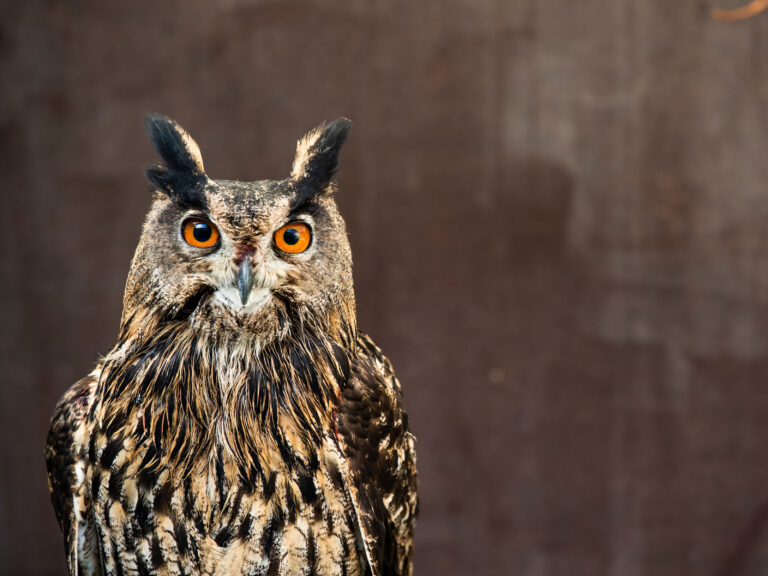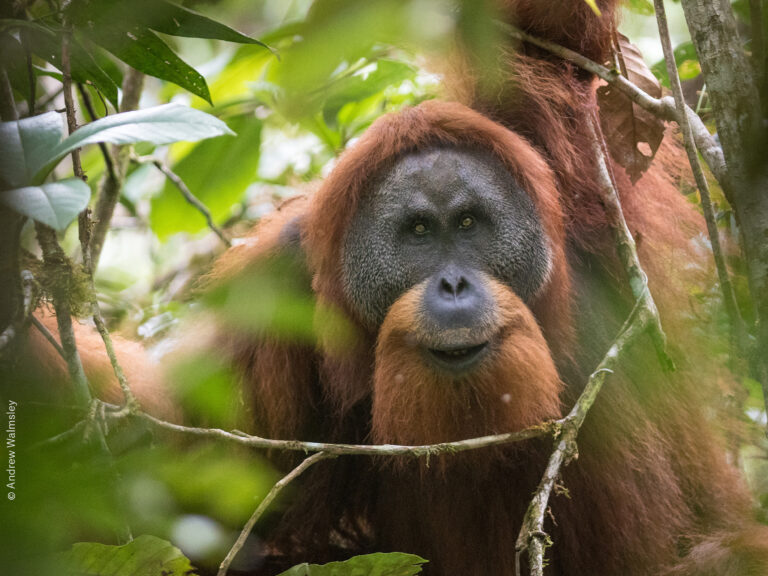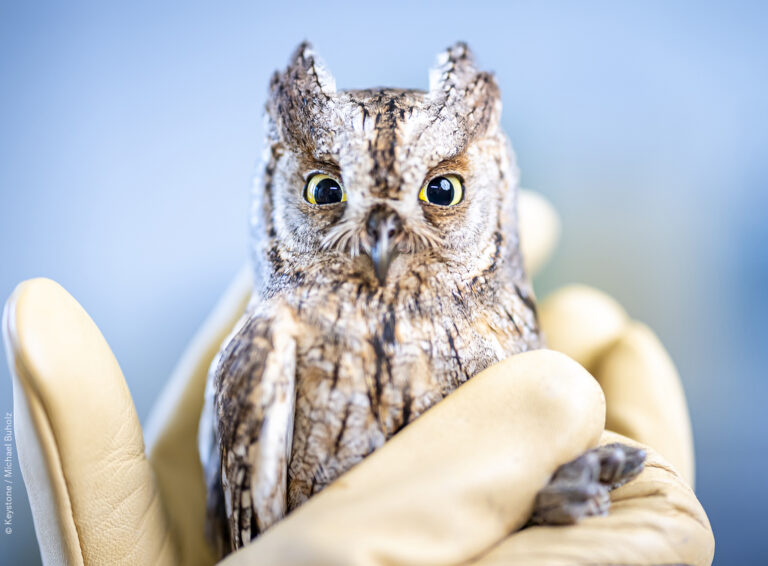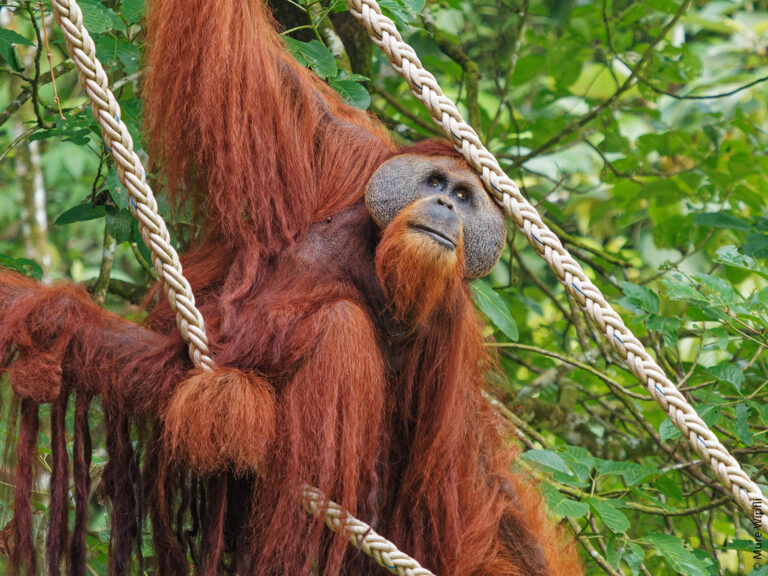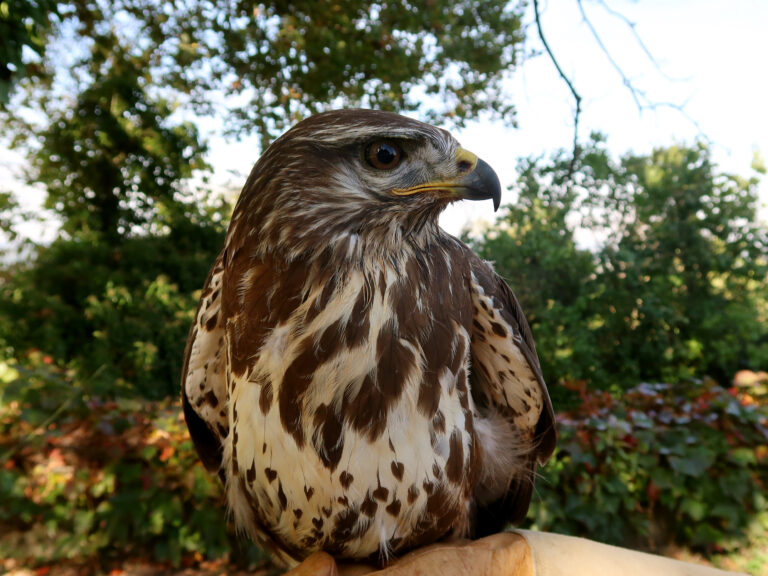
The Bird of Prey Sanctuary is a programme of the PanEco Foundation. It has been working in Berg am Irchel since 1956 to protect birds of prey and owls in a variety of ways and, in its professionalism, is unique in Switzerland. We are the regional contact point for questions about birds of prey and owls and take in injured, weakened or very young birds in our rehabilitation station. In addition, we raise visitors’ awareness of the protection of birds of prey and owls and a sustainable lifestyle on guided tours of the sanctuary.
What we want to achieve
Stable populations of birds of prey and owls in an environment where humans and animals live side by side and with each other.
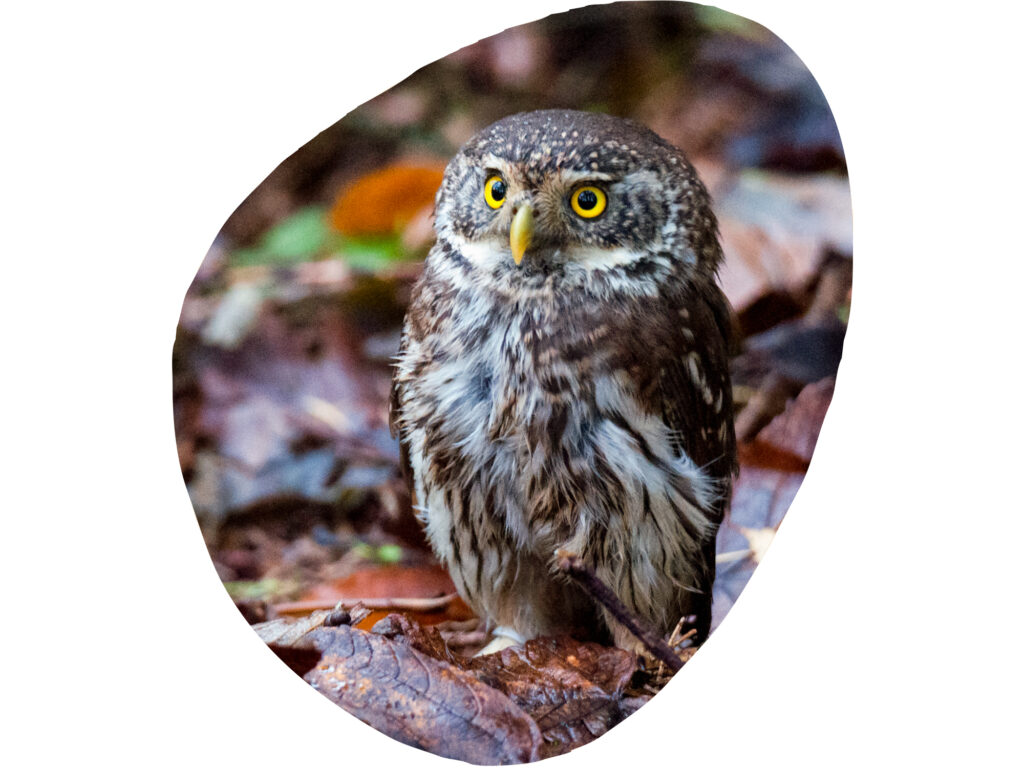
What we are doing
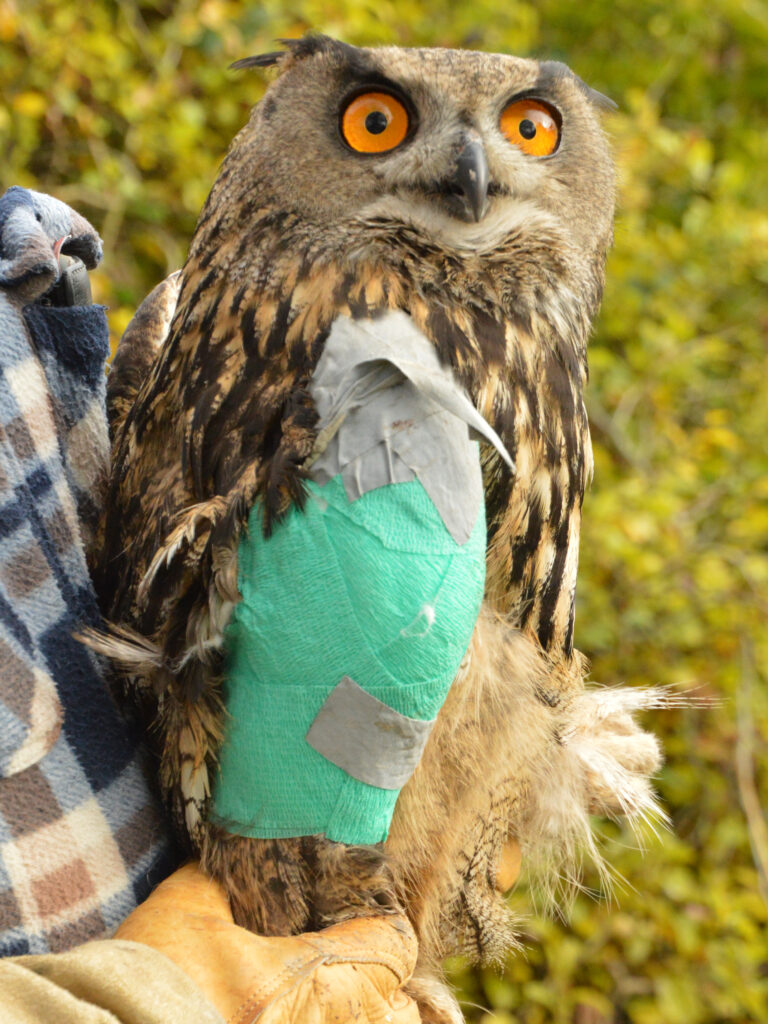
Care, breeding and rehabilitation of birds of prey and owls
Injured, weakened or very young birds of prey and owls are cared for, medically treated and released when they are in good health.
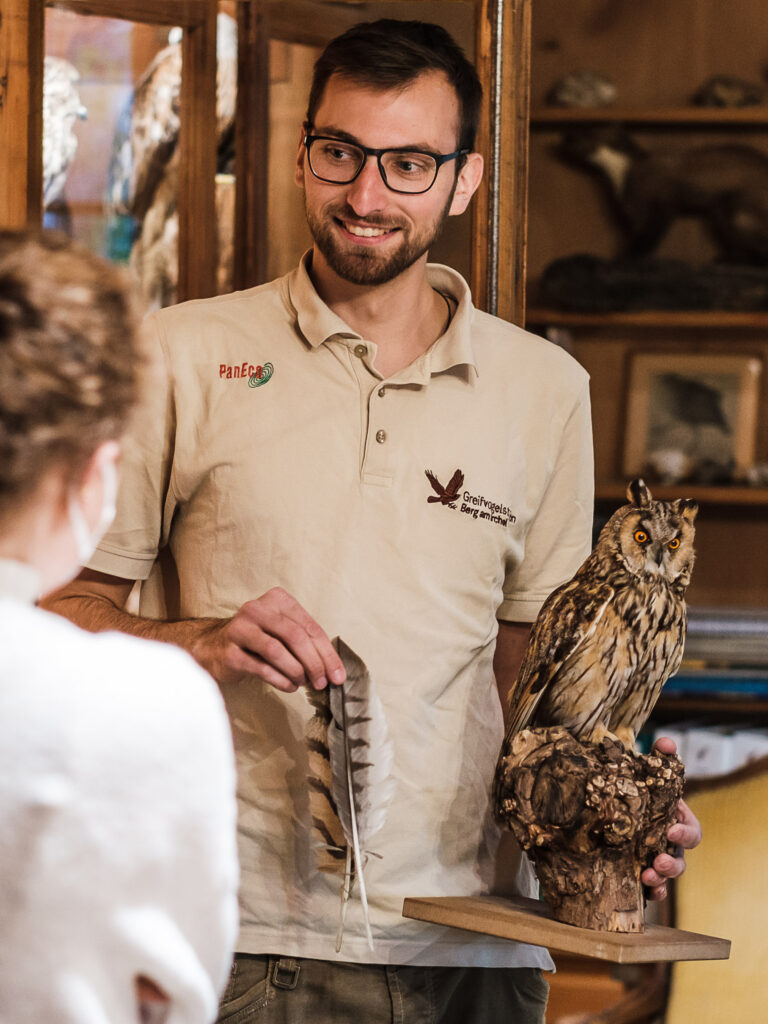
Environmental education
At events and in tours of the sanctuary we inform children and adults about various topics related to birds of prey and owls and raise awareness about their active protection.
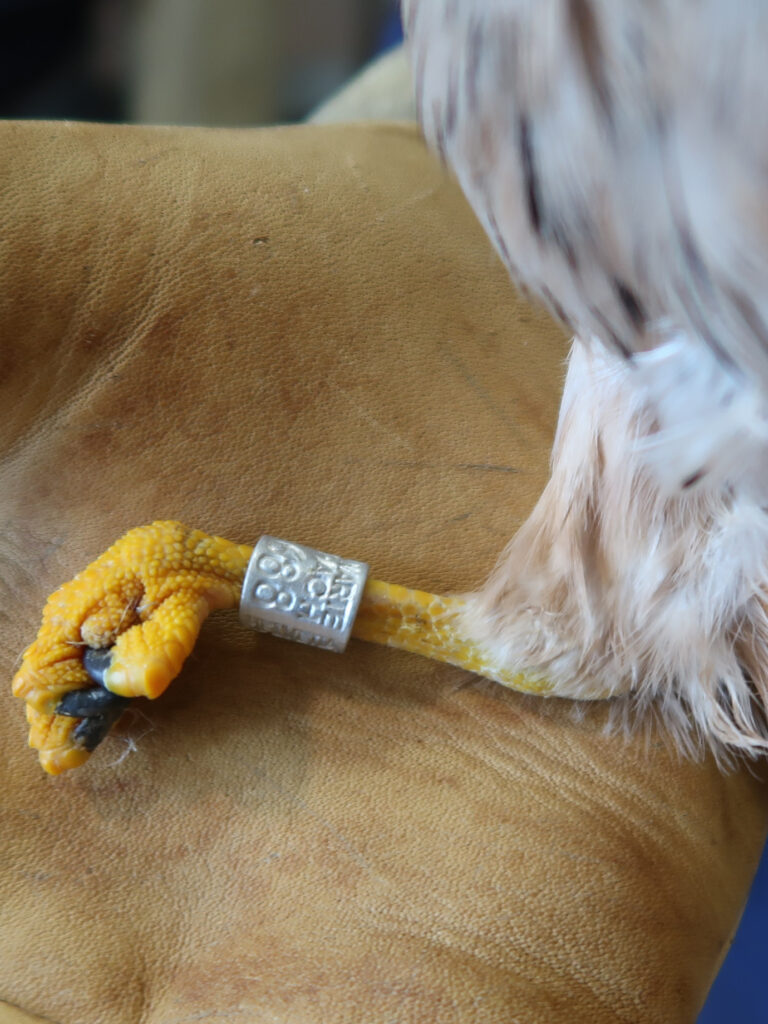
Collaboration in research projects
We are involved in a reintroduction project for Ural owls, work closely with the Ornithological Institute in Sempach to ring our patients and help increase knowledge about birds of prey and owls with various other research projects.
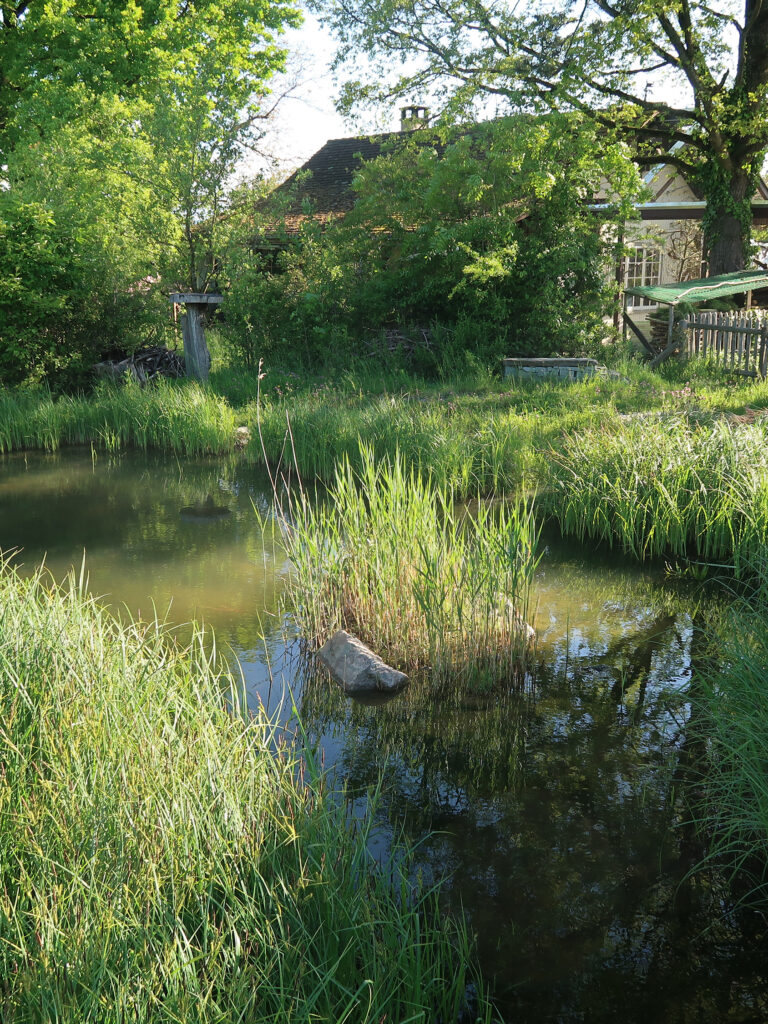
Practical nature conservation
We maintain ecologically valuable areas, install nesting aids for little owls, storks and co. and offer advice on and the sale of nesting boxes.
Successes
- Each year, around 4,000 visitors of all ages visit the sanctuary. We get our visitors interested in birds of prey and owls. We also help our visitors develop an understanding of and care about nature and the environment.
- Every year, we nurse an average of 300 feathered patients back to health and release them back into the wild.
- We have kept the success rate of our care measures stable at a pleasing figure of around 80% for years. This means that we can release a high 80% of our patients back into the wild in good health.
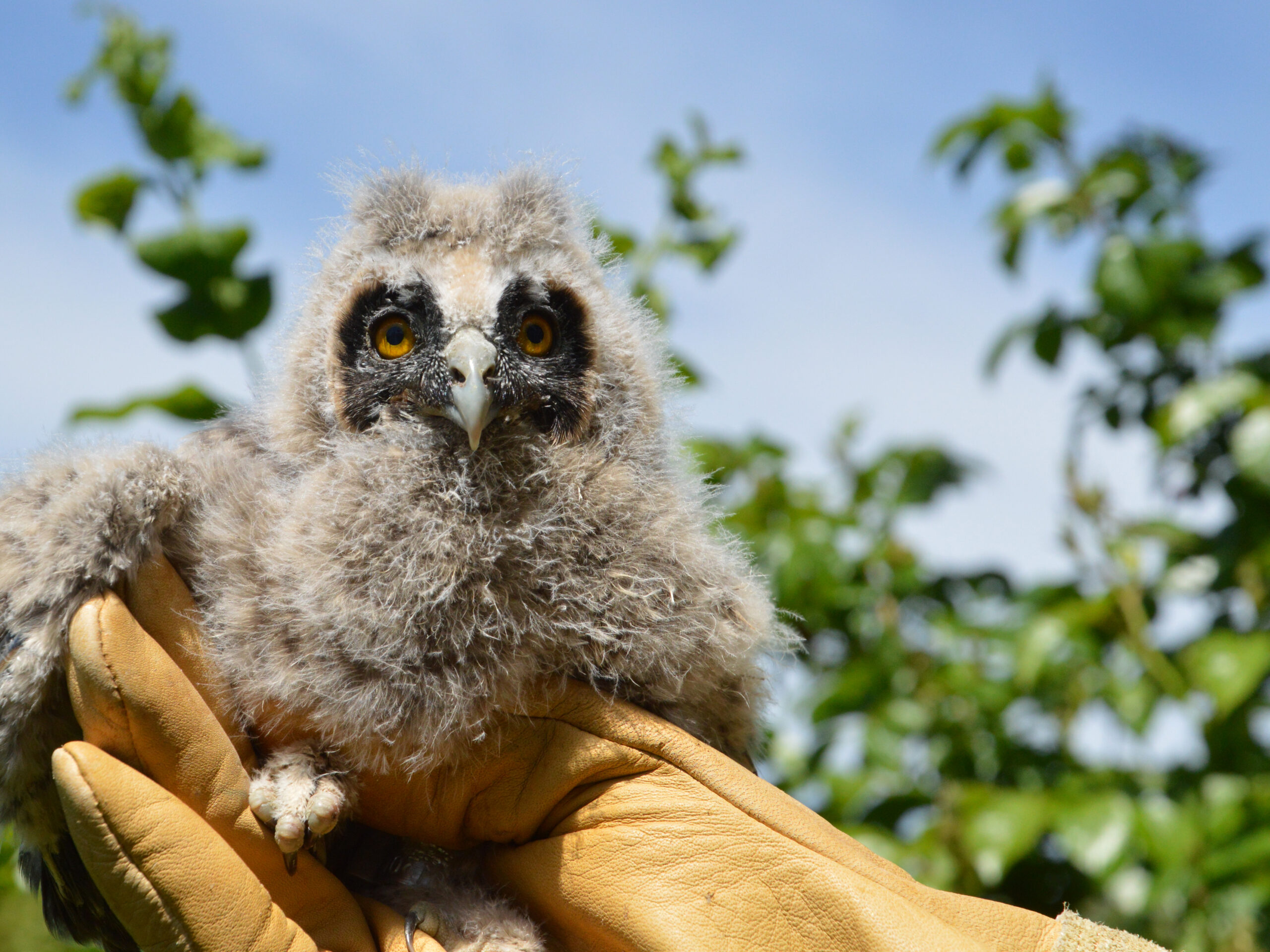
The impact we want to achieve
The habitat of birds of prey and owls in Switzerland is under increasing pressure from urban sprawl, heavy road traffic and intensive agriculture. Birds of prey and owls are protected species – yet more than half of the native species are on the red list of threatened species.
Awareness of environmental problems and ecological correlations is low among the population. Lasting experiences of nature have become rare for both children and adults and many people therefore hardly feel part of nature. Birds of prey and owls fascinate many people, but knowledge of their function in the ecosystem is lacking and only a few people know what they can do concretely to protect these animals. This is where we come in. We combine the unique experience of seeing a bird of prey up close with imparting knowledge about these birds and so we encourage active nature conservation in everyday life.
Natural habitats in Switzerland are continuously decreasing in size. The quality of habitats is also being continuously reduced. The reasons for this are numerous: one major factor is the intensification of agriculture and the growing use of pesticides. Another is urban sprawl, increasing traffic and pressure from recreational activities. The team of the Berg am Irchel Bird of Prey Sanctuary feels the impact of this on the birds of prey and owls every day. There is a lack of nesting sites and food, the birds are disturbed during breeding and therefore often abandon their brood, and injuries occur due to collisions with window panes, glass facades, cars and power lines. We are countering this with various awareness-raising measures. We do this on guided tours at the sanctuary and in discussions with various stakeholder groups. We give concrete tips how we as individuals can mitigate the negative effects of these developments and how everyone can have a positive influence.
The decline of intact habitats leads to a loss of biodiversity, among other things. Birds of prey and owls are also severely affected. The populations of barn owls and peregrines, for example, have declined in recent years. The little owl has actually almost completely disappeared in Switzerland. By caring for and reintroducing injured or weakened birds of prey and owls to the wild, we help stabilise sensitive populations. And with environmental education work and collaboration with research stations, we tackle the problem at its roots.
In order to protect birds of prey and owls and their habitats effectively, information must be available. Interrelations, influencing factors, threat situations and impacts must be understood precisely and this knowledge must also be accessible to various stakeholders. The Bird of Prey Sanctuary contributes to knowledge building and makes this knowledge accessible through communication and environmental education measures by participating in various research projects.
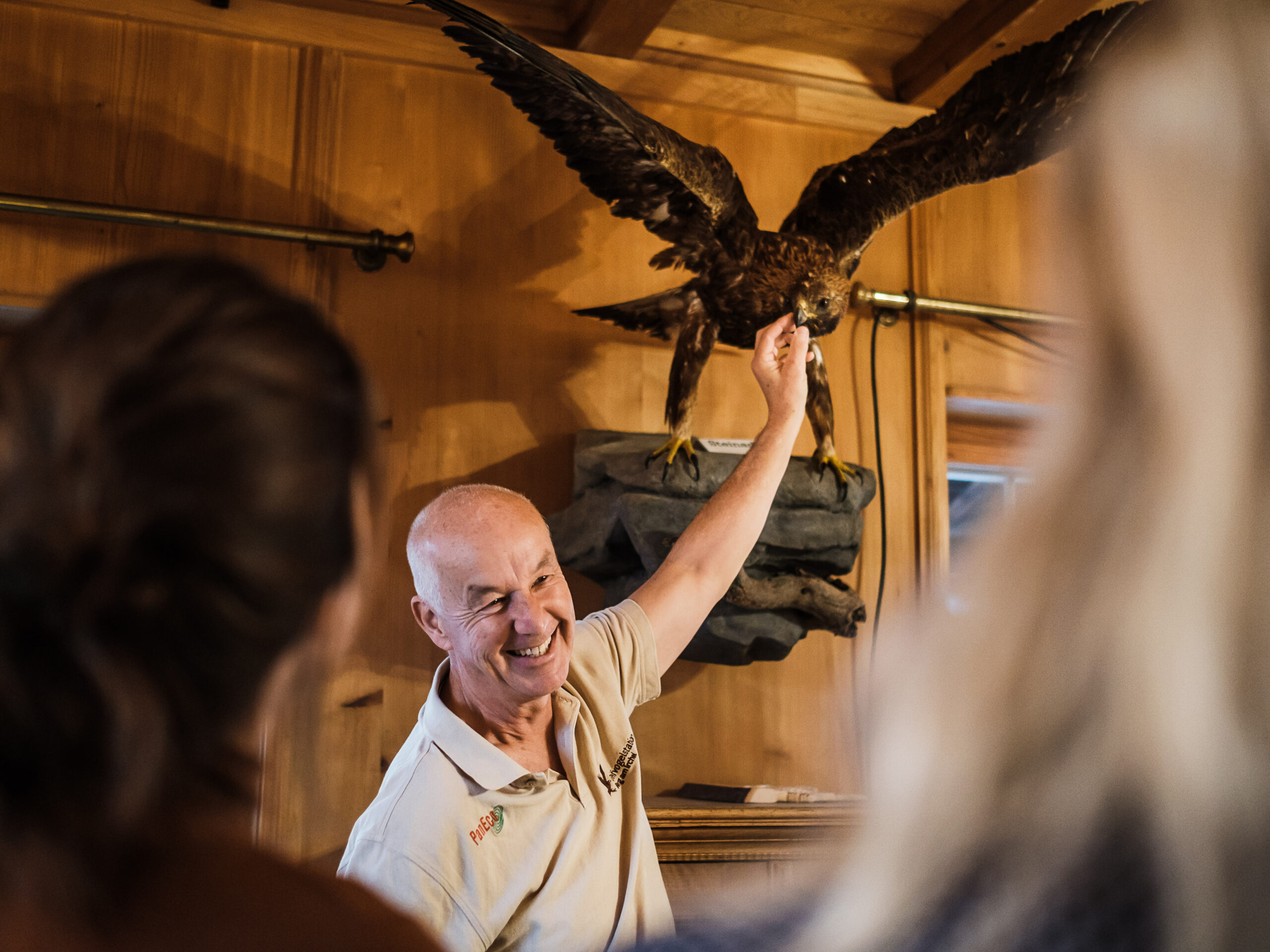
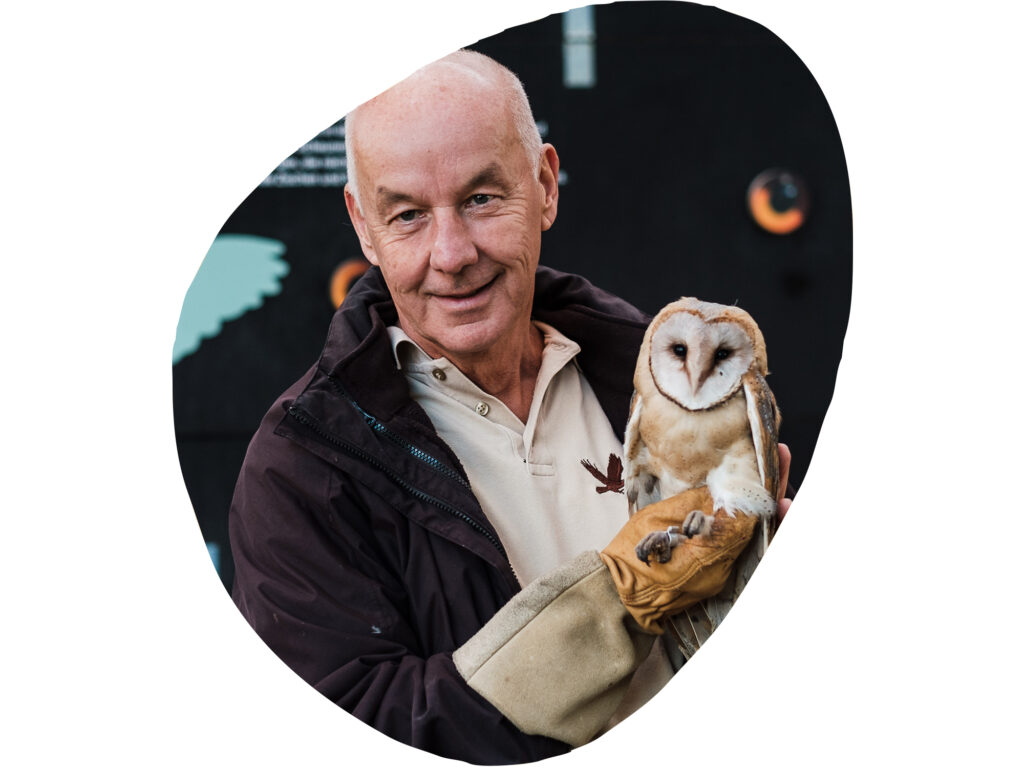
Andi Lischke
Director of the Berg am Irchel Bird of Prey Sanctuary
